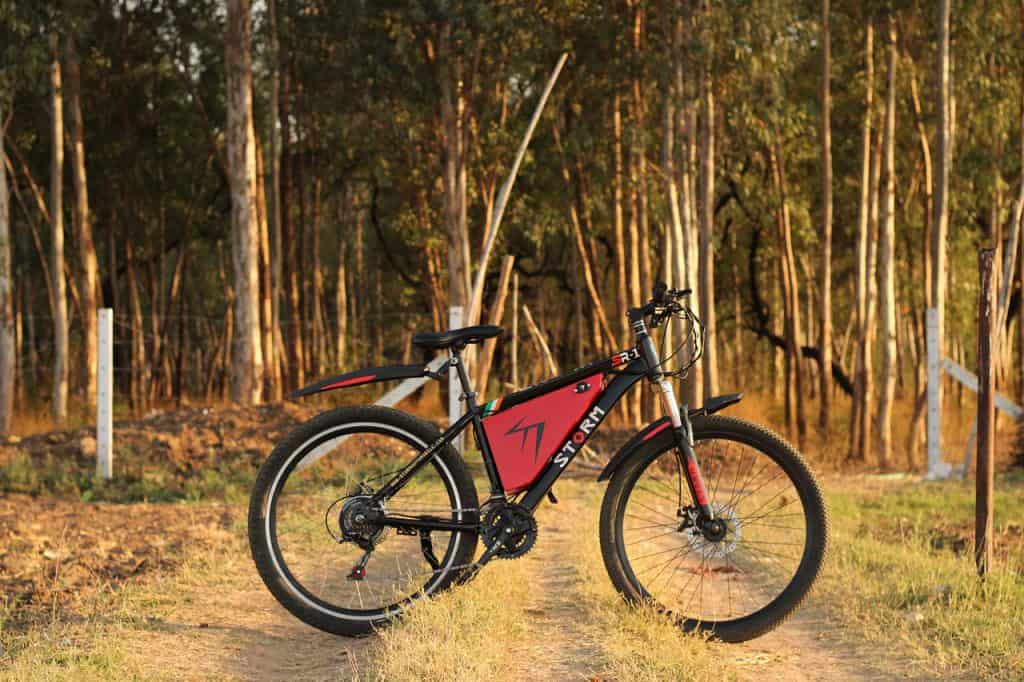
To gain more insight into the burgeoning market, McKinsey & Company examined worldwide trends for small-format EVs, looking at both geographic growth patterns and the forces shaping the industry. Our analysis shed some light on strategies that can help OEMs and other players succeed as small-format EVs gain traction.
A strong market for small-format vehicles
The sales figures for small-format EVs may initially seem modest. The market for two-wheel EVs (E2Ws) and three-wheel EVs (E3Ws) was valued at around $97 billion, or 4 percent of global auto sales. The sector has momentum, however, and global sales of E2Ws and E3Ws are increasing by more than 14 percent annually. (That figure excludes sales in China, which was an early adopter of small-format EVs and is thus experiencing slower growth.) By 2022, global sales of E2Ws and E3Ws could reach $150 billion.
It’s impossible to generalize about global sales trends, since transportation patterns and preferences vary widely by location, but some country-specific developments are striking. Take China: the country now accounts for around 30 percent of the global market for small-format EVs. What’s more, more than 80 percent of 2Ws in China are electrified, making it the dominant market by far in that category. The story may soon change, however, since growth of E2Ws is plateauing in China and surging in the European Union, Latin America, the Middle East and North Africa, and Southeast Asia.
India sells the largest number of E3Ws by far, and they now account for about half of all rickshaws in the country. By 2026, around 80 percent of 3Ws in India will be electric. One caveat: if more light commercial vehicles become electrified, they could become the default option for cargo transport, provided that their performance and economics improve.
Globally, we expect electrification to accelerate most quickly in the scooter and light-motorcycle segments. Electrification of heavy motorcycles will follow, but it won’t reach the levels seen with smaller vehicles.
Most E2Ws and E3Ws now rely on relatively cheap lead-acid batteries, but regulatory changes could compel a switch to the lighter lithium-ion power packs, which offer higher energy density and thus greater range. In China, where consumers have long had EVs with lead-acid batteries, replacement demand for vehicles with lithium-ion power packs could be high. Elsewhere, the transition will offer global players an opportunity to gain market share, since demand for EVs will increase as their range expands.
The forces driving electrification
Electrification is driven by a mix of regulatory push (policies designed to generate demand) and consumer pull (innate features or sales models that attract consumers). Here are the elements that are shaping the EV market:
Environmentally friendly regulations and incentives. EVs are getting a boost from recent government regulations and incentives to reduce emissions. Many of the regulations favor EVs, since they reduce the carbon footprint by 65 to 70 percent, compared with internal-combustion-engine (ICE) vehicles. In China, for instance, the government banned the sale of ICE scooters in 2011.
Falling battery prices and lower total costs of ownership. Battery costs typically represent around 40 percent of the bills of materials for EVs, but that could change. Over the next few years, prices are expected to drop to $90 to $130 per kilowatt-hour, from the current $220 to $280 per kilowatt-hour. That shift will decrease the total cost of ownership and potentially stimulate demand, especially among B2B buyers and members of the lower or middle B2C segments.
Emergence of innovative go-to-market models. Some new models, such as those involving battery-as-a-service (BaaS), could reduce up-front acquisition costs for E2Ws and E3Ws. In addition to the lower prices, consumers may appreciate the convenience of BaaS, since emerging battery solutions allow refueling in under one minute. Future market share will increasingly depend on pairing one of those innovative models with the right product.
Appeal of high-end connectivity. Several players have created connected E2Ws, with more in the works. A company in India, for instance, has created a popular second-generation e-motorbike. For consumers in the premium-2W segment, a high-end EV with connectivity may be much more appealing than a standard ICE vehicle.
Of course, other powerful forces are also shaping the market. McKinsey research shows that E2Ws and E3Ws have surged in worldwide popularity since COVID-19 began to spread, partly because people are avoiding subways and other shared-mobility solutions. That said, the growth of shared mobility and micromobility can also benefit the sales of E2Ws and E3Ws, as seen in India, Southeast Asia, and other regions over the past few years. Once the spread of COVID-19 is controlled, the resurgence of those trends could increase the sales of small-format EVs.
R